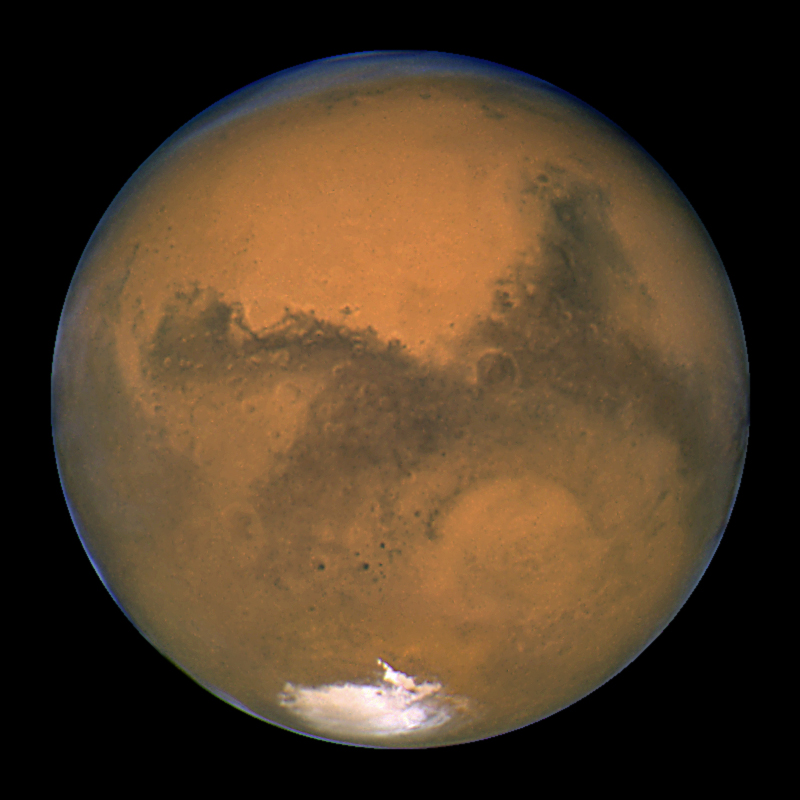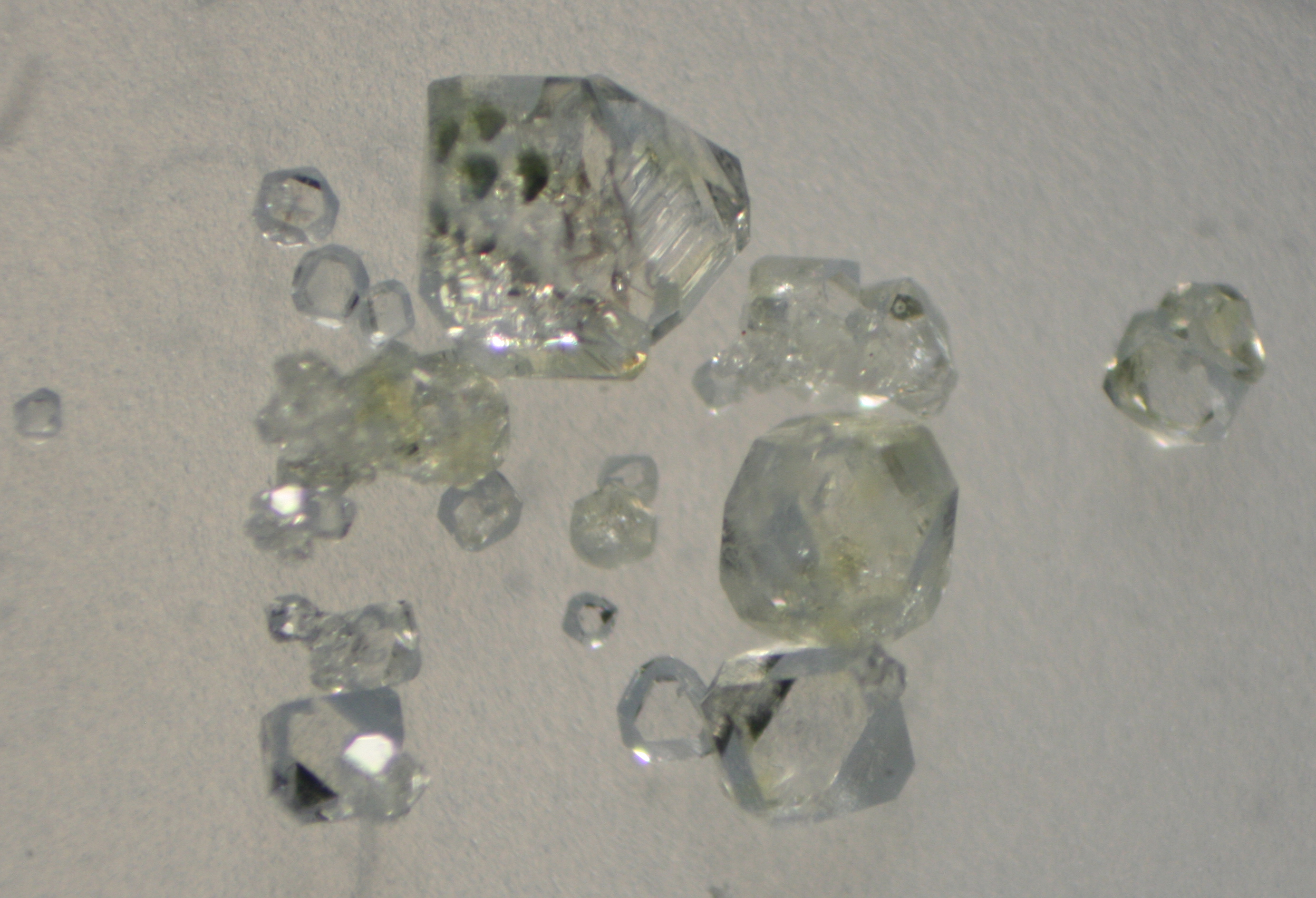Ingredient for Life More Plentiful on Ancient Mars Than Earth

A key chemical ingredient for life may have been more abundant on early Mars than on early Earth, researchers say.
The nutrient in question, phosphate, serves as the backbone of DNA and is also an essential part of the molecules cells use for energy and membranes. Scientists think it was also critical to reactions that led to the origin of life on Earth.
However, just because phosphate is present does not mean it is necessarily available for use in chemical reactions for life. For instance, the minerals that hold phosphate on Earth dissolve very slowly, limiting its availability in watery environments, which scientists think may have posed a roadblock to the emergence of life on Earth.
To learn more about hurdles any life on Mars could have faced when it came to phosphate, planetary geochemist Christopher Adcock at the University of Nevada, Las Vegas, and his colleagues examined how the phosphate-loaded minerals thought to be most common on Mars dissolved across a range of acidity levels.
The researchers found the dominant phosphate-loaded minerals on Mars are distinctly more soluble, and thus release more phosphate into water, than those most common on Earth.
"One hurdle to the origin of life on Earth was limited available phosphate within environments,"Adcock told SPACE.com. "Our results suggest such a hurdle may not be as significant when looking at the possibility of life arising on Mars."
The experimental findings suggest phosphate is released as much as 45 times faster during interactions between water and rock on Mars than on Earth. All in all, phosphate concentrations in wet environments on early Mars may have been twice those of early Earth.
Breaking space news, the latest updates on rocket launches, skywatching events and more!
"It's exciting whenever you find evidence that has positive implications for the possibility of life outside of Earth," Adcock said.
Some researchers have even suggested that life on Earth may have begun on Mars, hitchhiking to Earth aboard meteorites blasted off the Red Planet by cosmic impacts.
"I don't think our results have any direct bearing on the theory that terrestrial life may have begun first on Mars, other than that our results suggest phosphate for potential biologic reactions may have been more available on Mars — that the 'phosphate problem' may not have been as significant there," Adcock said.
The researchers are now modeling how Martian rocks high in phosphate might break down chemically to further understand how the chemical moves on Mars "and the implications for potential past or present life there," Adcock said.
"We haven't discovered life on Mars, nor have we presented evidence that it existed there," Adcock cautioned. "However, we have shown that one potential roadblock for life to arise on Mars may not be such a roadblock after all."
Adcock and his colleagues Elisabeth Hausrath and Paul Forster detailed their findings online Sept. 1 in the journal Nature Geoscience.
Follow us @Spacedotcom, Facebook or Google+. Originally published on SPACE.com.

Charles Q. Choi is a contributing writer for Space.com and Live Science. He covers all things human origins and astronomy as well as physics, animals and general science topics. Charles has a Master of Arts degree from the University of Missouri-Columbia, School of Journalism and a Bachelor of Arts degree from the University of South Florida. Charles has visited every continent on Earth, drinking rancid yak butter tea in Lhasa, snorkeling with sea lions in the Galapagos and even climbing an iceberg in Antarctica. Visit him at http://www.sciwriter.us

